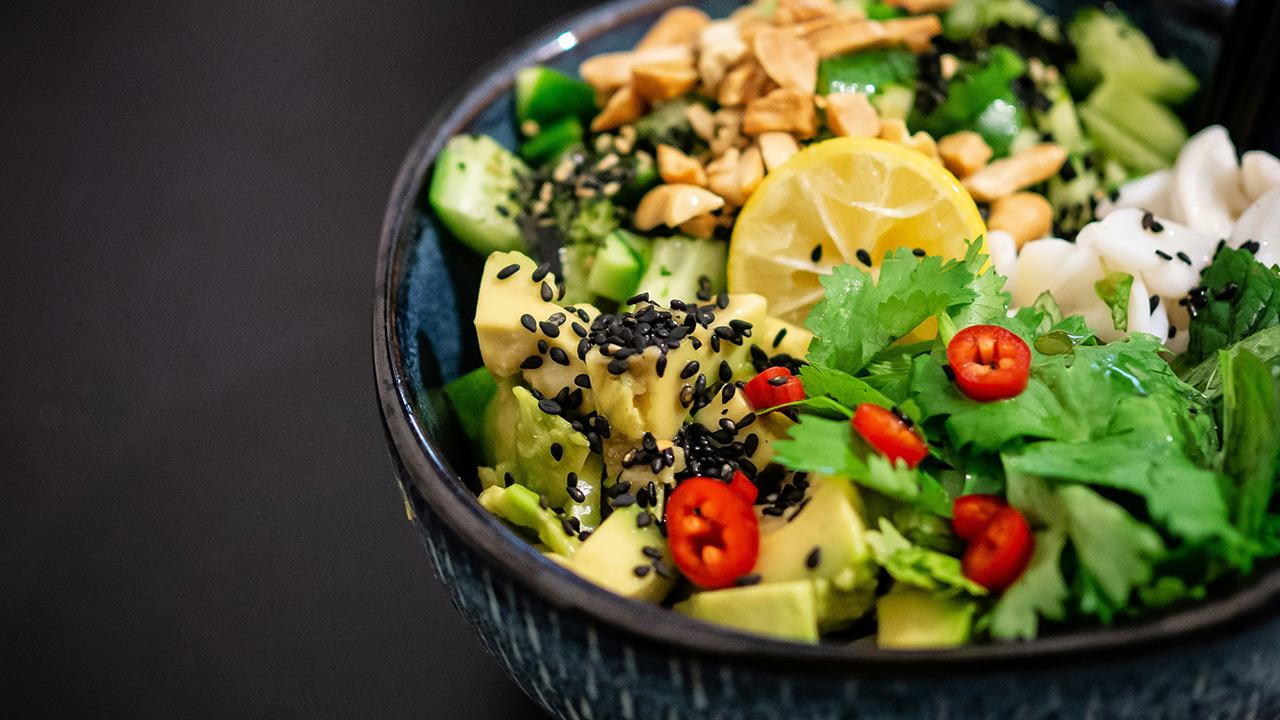The Many Different Types of Magnesium & Their Benefits

Hey Angels and Alphas,
From muscle spams to fatigue, weakness, and even poor sleep quality, the all-in-one solution often touted by many experts and enthusiasts seems to be magnesium. But is taking a magnesium supplement really a solution to all these problems? The answer is rarely that simple.
Magnesium, the fourth most abundant mineral in the human body, plays a crucial role in over 600 essential reactions. From regulating blood pressure and muscle function to supporting energy production and brain health, it’s a true multitasker. However, many individuals fall short of the recommended daily intake, potentially missing out on these important benefits.
Understanding the various forms of magnesium available and their unique characteristics can empower you to make informed choices for your health. Buckle up as we delve into the exciting world of magnesium!
Common & Not-So-Common Magnesium Heroes:
- Magnesium Citrate: This popular choice shines in its high absorbability and versatility. It can be used orally for general magnesium needs or topically for muscle relaxation. However, its laxative effect might not be everyone’s cup of tea.
- Magnesium Oxide: Affordable and widely available, magnesium oxide serves as a good option for replenishing magnesium stores. However, its lower absorption rate and potential for digestive discomfort require a higher dosage.
- Magnesium Glycinate: This gentle giant boasts high bioavailability and is generally well-tolerated. It’s often recommended for promoting relaxation and sleep due to its glycine content, an amino acid with calming properties.
- Magnesium L-Threonate: This newer player stands out for its ability to cross the blood-brain barrier, potentially supporting brain health and cognitive function. While research is promising, more studies are needed.
- Magnesium Malate: This combination of magnesium and malic acid (found in fruits) is easily absorbed and may offer benefits for fatigue and fibromyalgia. However, its taste can be a deterrent for some.
- Magnesium Chloride: This readily absorbed form comes in liquid or topical options. It’s often used for transdermal magnesium delivery, bypassing the digestive system.
- Magnesium Gluconate: Similar to magnesium oxide in absorption, magnesium gluconate also offers laxative effects. It’s sometimes used for headaches and migraines.
Choosing Your Magnesium Match:
The optimal magnesium form depends on your individual needs and preferences. Consider these factors:
- Your needs: Are you looking for general support, addressing a specific deficiency, or targeting a particular health concern?
- Absorption: How well does your body absorb the form? This depends on factors like solubility and potential for side effects.
- Cost and availability: Different forms vary in price and ease of access.
- Personal preference: Consider your tolerance for side effects and preferred delivery method (oral, topical, etc.).
Remember: Consulting a healthcare professional is crucial before starting any magnesium supplement, especially if you have underlying health conditions or take medications.
Beyond the Supplements:
While supplements can be helpful, the best way to get your magnesium fix is through your diet. Include these magnesium-rich foods in your daily plate:
- Leafy green vegetables (spinach, kale, swiss chard)
- Nuts and seeds (almonds, cashews, sunflower seeds)
- Legumes (beans, lentils, chickpeas)
- Whole grains (brown rice, quinoa, oats)
- Dark chocolate (70% cocoa or higher)
- Avocados
- Bananas
Bringing it all together!
By understanding the different types of magnesium and their benefits, you can make informed choices to meet your individual needs. Remember, consistency is key! Integrate magnesium-rich foods into your diet and consider supplementation if needed. Consult your healthcare professional for personalized guidance on achieving optimal magnesium levels and unlocking its power for a healthier you.























































